Having ascended to the throne at a time when significant historical developments occurred during the last decades of the Ottoman Empire, Sultan Abdulhamid II (1876-1909) has an exceptional place in history thanks to his modernization and governance politics. In particular, Sultan Abdulhamid and his reign undoubtedly have a privileged place in establishing the last strong link in transferring the material and spiritual background, which is the six-century legacy of the Ottoman state and civilization, to the Republic of Turkey.
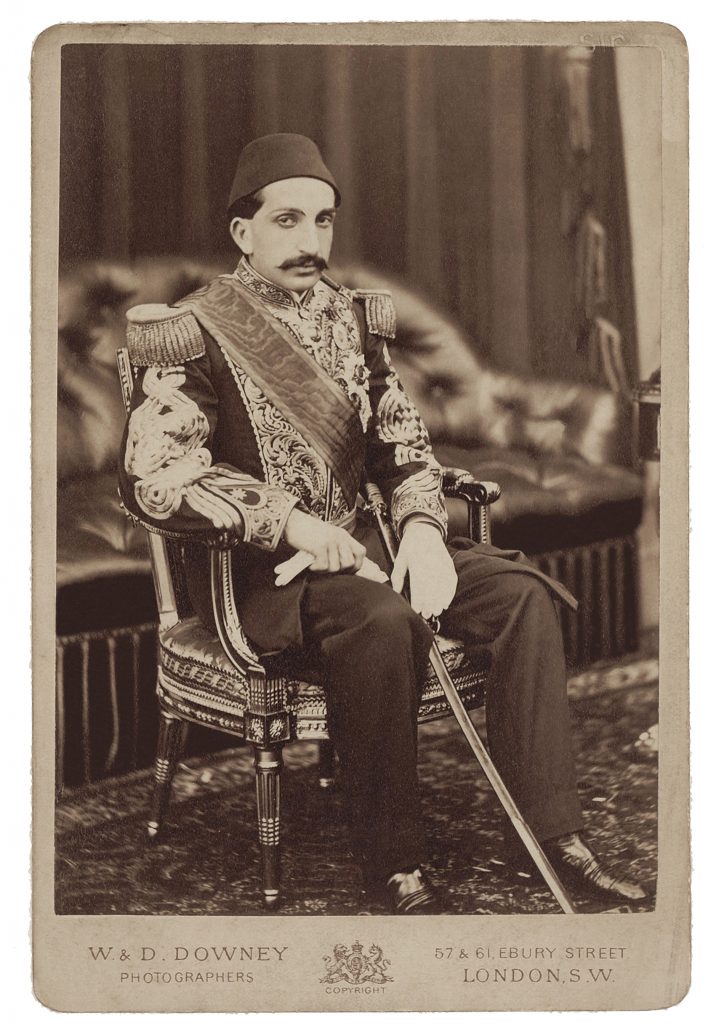
Sultan Abdulhamid adopted the principle of a central administration during his reign, establishing Yıldız Palace as the heart of the administrative functioning of the state. In addition to being the administrative headquarters, the palace was also a center of information, culture and art. In Sultan Abdulhamid’s world view and prospective goals, it was a must to follow the world, cultures, technology, science, developments, innovation and art. Sultan Abdulhamid concluded that the road to being a great state crossed from delivering and keeping up with the requirements of the day and making progress in almost all the basic elements that created civilization. He thus made a special effort to that end. He himself engaged in woodworking and patronized many modern and traditional arts such as painting, theatre, tiles and weaving.
Even though he spent most of his time at Yıldız Palace during his reign, Sultan Abdulhamid’s such broad vision, coupled with his deep curiosity for all cultures of the world and his desire to follow innovation and developments, led him to create a rich photography collection at Yıldız Palace. Photography was an art Sultan Abdulhamid was particularly interested in and enjoyed its golden age during his reign. Sultan Abdulhamid personally attended to the photographers visiting the Empire and had a photography workshop as well as photographers in his palace. He used the photograph albums he was sent from various parts of the world to create a unique collection. The Sultan tried to grow further familiarity with every inch of his empire through photography. His interest grew big enough to cover photography from all over the world. The Sultan was able to catch up with developments around the world through the photographs he ordered, special shots and albums presented as gifts from around the world as well as purchased shots.
Sultan Abdulhamid’s “Yıldız Palace Photography Collection” consists of 36,585 photographs in 911 albums, each of which has significant worth as a piece of art. This collection exhibit the entire riches and diversity of the 19th century and is not only valuable as a cultural heritage but also significant for the world culture. The collection was transferred from Yıldız Palace to Istanbul University Library in 1925 upon the instructions of Mustafa Kemal Atatürk. Yıldız Palace Photography Collection is maintained today in a special, air-conditioned environment in Istanbul University’s Rare Works Library.
Photography was not only an artistic object but also a source of information for the Sultan, who had a special interest in almost every aspect of art and culture. Speaking of his views on photography, Sultan Abdulhamid said, “Every photograph is an idea. A single photograph expresses political and emotional meanings that could otherwise not be expressed in hundred pages of text. Therefore, I benefit from photographs rather than written information,”, thereby revealing how valuable an object of knowledge photograph was to him.
Yıldız Palace Photography Collection has many albums on different themes. These include features of Ottoman Palace architecture, portraits of dynasty members, cityscapes, historical events, geographical documents, life in the Ottoman land, natural disasters, army, fire brigade, cultural topics, civilian/government buildings, human images representing very different segments of society, and albums depicting the criminal world as well as various countries.

Sultan Abdulhamid II used photography as a tool for identification, recognition and management. He sent albums including photographs from his collection to various countries as diplomatic gifts. To that end, he sent the 51-volume album including 1819 photographs to the U.S. Library of Congress and to the British Library in London in 1893-1894. These albums had many photographs including those reflecting the 19th century of the Ottoman Empire in unique human portraits, institutions showing its modernized face, structures and architectural examples. In a sense, Sultan Abdulhamid wanted to introduce the modernized aspect of his empire to the West through those photo albums.
The photographs in the Collection incorporates photographs not only from the Ottoman Empire but also from countries around the world. The collection has photos of over 40 countries as well as various regions and lands. Some of these black and white photos were later colored. In a sense, the collection opens a window into the visual history of the 19th century. This collection is also of great value for representing the cultural heritage of the aforementioned regions and countries in the historical process. Such rich content of countries displaying the boundaries of Sultan Abdulhamid’s curiosity for the world is like a panorama of an era that has long gone. This rare photography archive has been part of the universal memory, which is a transmitter of the history and culture of many countries from the 19th century.
Yıldız Palace Photo Collection offers a rich variety of albums and photos including but not limited to photos of ill but recovering people, offenders’ photos, photographs of native Americans in the world’s farthest geography and photo of earthquakes in Japan.
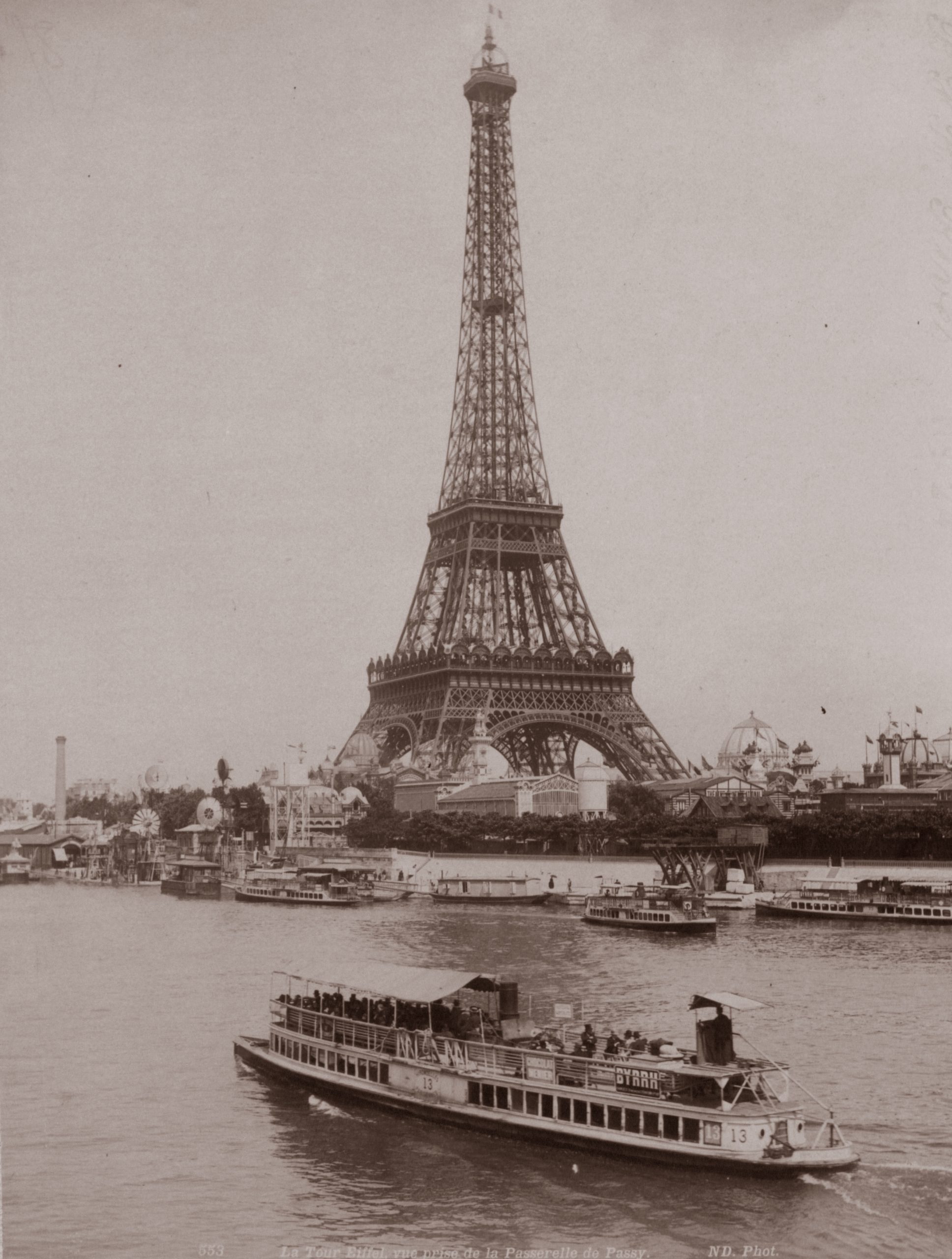
It is yet interesting that the Sultan, who was so enthusiastically interested in photography and inherited such a qualified archive, did not allow his own photographs to be taken. It is a historical fact that, starting with Selim II (1789-1807) and specifically Mahmud II (1808-1839), the Ottoman sultans ordered for the making of and also proudly displayed their portraits. However, Sultan Abdulhamid probably thought his portrait belonged to his private life and did not like publicly sharing it. Therefore, two portraits of Sultan Abdulhamid were used especially by the national and foreign press during his reign. His first known portrait photo was taken by the famous photographers William and Daniel Downey during his trip to London with his uncle Sultan Abdulaziz (1861-1876). The second is a photo taken by Abdullah brothers in 1869. They were both photographs taken when he was the crown prince. After he rose to the throne as the sultan, he stayed away from public eye, hence the common and frequent use of these timeless photographs. However, it is a fact that the Sultan’s children had their portrait photos taken during his reign and those photos were used to create albums.
In summary, Sultan Abdulhamid’s Yıldız Palace Photography Collection is both a national and global heritage of unique nature. The collection reflects the common backgrounds of societies as part of cultural heritage. This visual treasure has the ability to transfer into the future the culture of unity and solidarity between societies as well as ties and experience between countries. It is also a key source for using universal values to instill a love of history in younger generations, scholars, researchers and any willing individual and for benefiting the motivation to explore to give them a deeper perspective on the world and life as a whole. Therefore, the Collection bears the traces of the world’s cultural identity. It also accompanies life values such as historical cities and textures, cultural landscapes, lives, monumental and architectural structures, language, traditions, dance, music and rituals. To that end, Yıldız Palace Photography Collection witnesses a unique historical process and it is thus of great importance to transfer it to future generations and make it a part of world heritage.
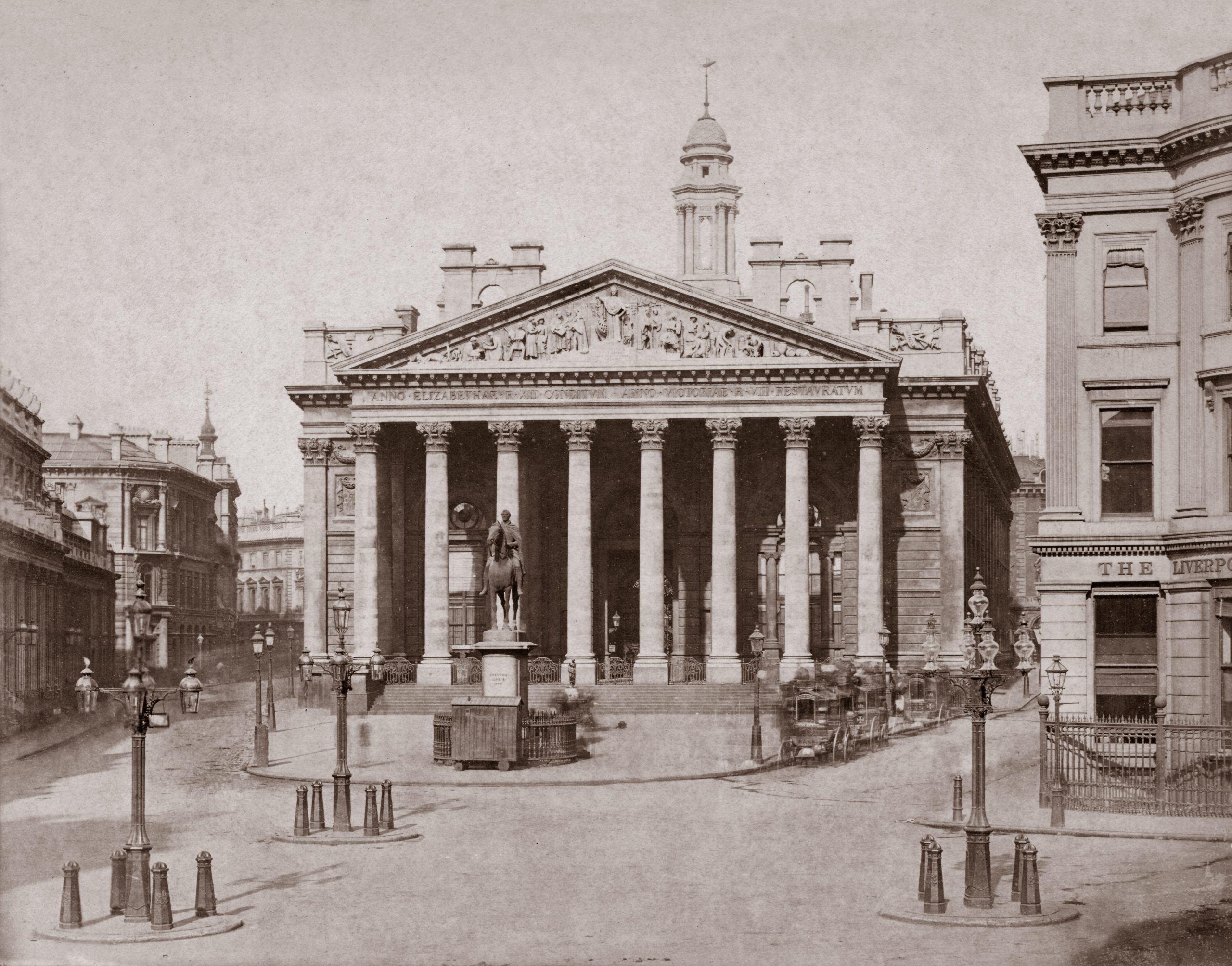
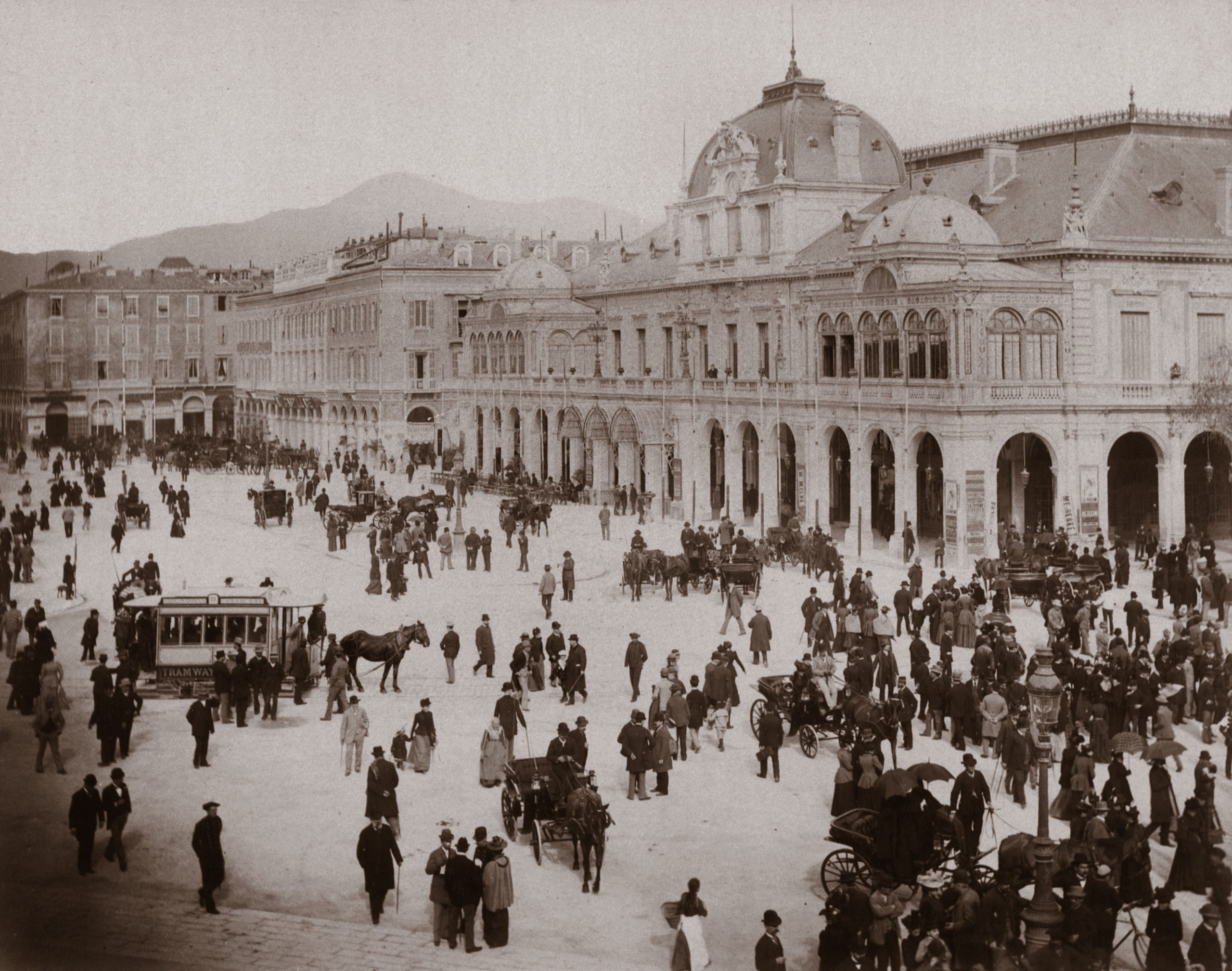
The technology of photography available in the first half of the 19th century was commonly adopted and received great attention among the key segments of the society, especially in the Ottoman palace. In particular, the special interest and support of the Ottoman Sultans in photography made the art of photography become more common throughout the empire in a short time. In summary, the art of photography reached its culmination on Ottoman land during the reign of Sultan Abdulhamid II, exerting its full presence in Istanbul, the capital and heart of the empire, making it a frequented hub for world-renowned photographers. Shortly after the invention of photography, Istanbul became a workshop for photographers from all over the world to gain knowledge and improve skills. Many photographers including, among others, Abdullah Brothers, Vasilaki Kargopulo, Pascal Sébah and Guillaume Berggren shot impressive photos to reflect views and images from Istanbul in the 19th century, registering each of them as a precious document of artistic value.
Sultan Abdulhamid II Implementation and Research Center at Yıldız Technical University has developed a comprehensive project on “Yıldız Palace Photography Collection” in cooperation with Istanbul University. The project has been granted the auspices of the Presidency of the Republic. The Center previously created a concept called “A View of the World Through Yıldız Palace Photography Collection” and conducted a series of projects focusing on Sultan Abdulhamid’s unique Yıldız Palace Photography Collection to analyze Ottomans’ diplomatic relations with other countries in the former’s final decades. The said projects focused on this photography collection, which is a cultural heritage of special value not only for Turkey but also for the world, to promote the crossing paths between the Ottoman Empire and various communities. The projects were supported by the Turkish Ministry of Culture and Tourism, the Turkish Ministry of Foreign Affairs and Yunus Emre Institute included photography exhibitions held and exhibition books delivered in France, Germany, UK, USA, Russia and Japan between 2017 and 2019. Our renowned photographer Kamil Fırat acted as the curator of and prepared the exhibition book for the said projects conducted by Yıldız Technical University.
The photographs in the Yıldız Palace Photography Collection hail from the following countries: Russia, Crimea, Hungary, USA, Bulgaria, Germany, Greece, Syria, Saudi Arabia, Israel, Lebanon, Egypt, UK, Japan, Romania, Poland, Jordan, Macedonia, Albania, Yemen, Iran, France, Hungary, Italy, Czech Republic, Tunisia, Uzbekistan, India, Austria, Sweden, Belgium, China, Spain, Portugal, Kosovo, Malta, the former Yugoslavia, Myanmar, East Turkestan, Georgia, Tatarstan, Turkmenistan, Ukraine, Montenegro, Rhodes, Indonesia.
Sultan Abdulhamid’s Yıldız Palace Photography Collection is today maintained in Istanbul University’s Rare Works Library. The collection was re-digitized by the Grand National Assembly of Turkey between 2018 and 2019 using the latest technology. The detailed tagging and classification work for the collection is currently carried out by Istanbul University.
*Director of Sultan Abdulhamid II Practice and Research Center at Yıldız Technical University.


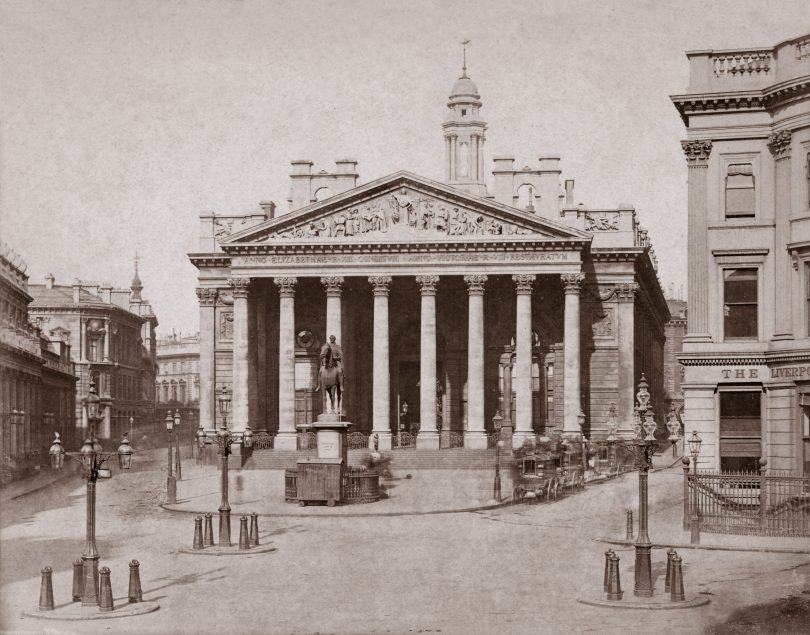




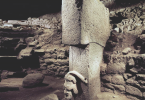

Leave a Comment